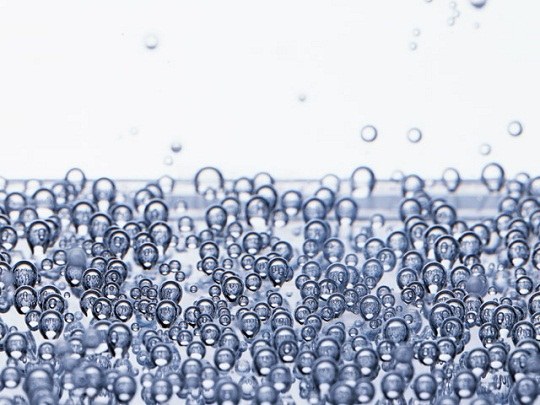You will need
- - clean the tubes;
- electrodes;
- - DC generator.
Instruction
1
Before beginning the experiment, repeat safety. Strictly observe the rules of work with electrical appliances. Also, remember that the produced gases are flammable and explosive, therefore, require careful handling.
2
Repeat the concept of electrolysis. Remember that the cathode (negatively charged electrode) will undergo the process of electrochemical reduction. Consequently, there will be collected hydrogen. And at the anode (positively charged electrode) - the process of electrochemical oxidation. There would be atoms of oxygen. Write down the reaction equation: 2H2O → 2H2+О2Катод: 2H + 2e = H2 │2Анод: 2O – 4e = O2 │1
3
Prepare two electrodes. You can get them from copper or iron plates with a length of 10 cm and a width of about 2 cm Attach to them conductors of electric current.
4
Then in the pot, pour water and lower back electrodes. As a vessel for electrolysis use a deep mold or glass thick-walled, extending up.
5
Then take two clean test tubes and pour back the water. Close them with corks. Later open these vessels under water in electrolyzer and immediately put on the electrodes. Do this carefully so the water from the test tubes are not spilled. This is necessary in order to prevent air and in the process of electrolysis were clean gases.
6
Connect the DC generator. Turn it on when you know it's prepared correctly. Under the action of electric current on the electrodes will begin bubbling gases. Gradually the oxygen and hydrogen will fill the tubes, displacing the water.
Note
Keep in mind that according to the reaction equation of hydrogen will be collected two times more oxygen.
Useful advice
The electrodes can use thick nails, suitable in size to the vessels.
